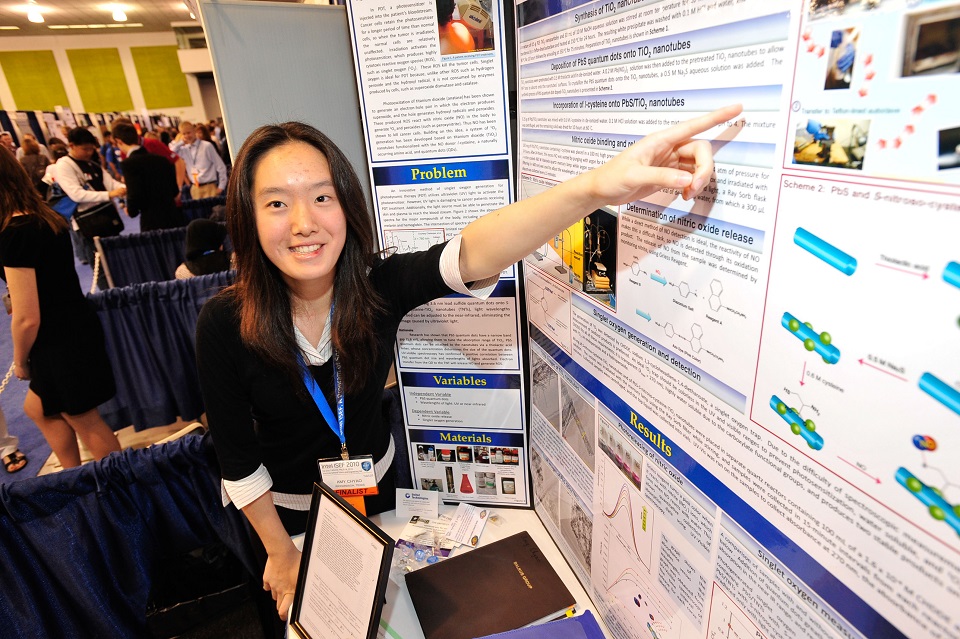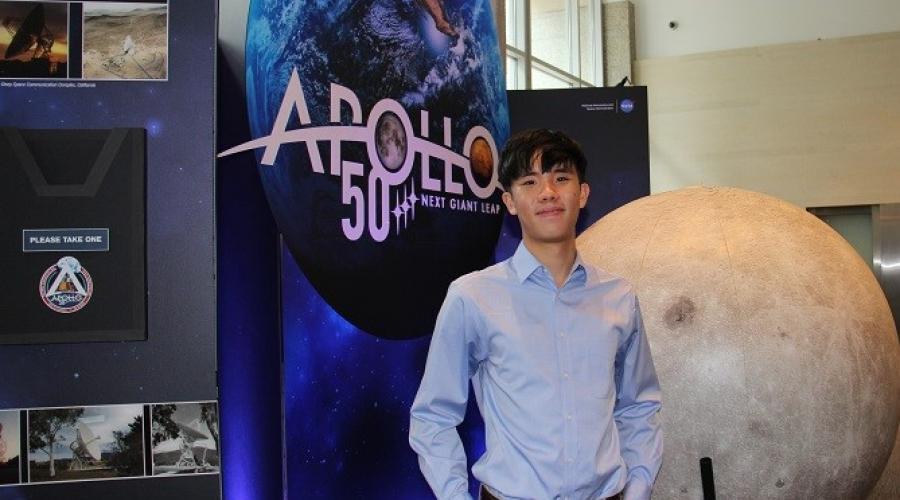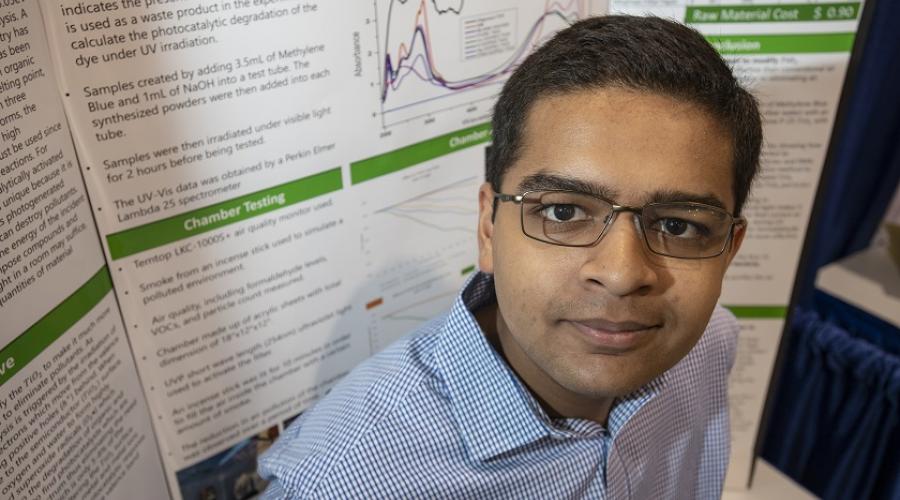Visit a Live Alligator at the Intel ISEF 2013 Expo Hall
The Phoenix Herpetological Society (PHS) will be exhibiting at the Intel International Science and Engineering Fair (Intel ISEF) 2013, being held May 12-17 in Phoenix, AZ. Herpetology is the branch of zoology which studies reptiles and amphibians. PHS’ exhibit will include Mr. Stubbs, an American alligator with a prosthetic tail, and other reptiles. Below Jonathan Grove discusses why PHS makes an effort to reach out to students.
The Phoenix Herpetological Society was formed in the early 2000’s and focuses on animal care, species conservation, animal rescue/sanctuary, and education. It is run and operated by a volunteer staff and operational funding comes from grants, donations, shows, educational demonstrations, and tours. While we do normal reptile care, like breeding rare and endangered species, or helping someone who has a rattlesnake in their bathroom, we also go far above that. We are one of few true herpetological rescues in the U.S. that can handle the full spectrum of housing needs, ranging from a tiny night snake to a full grown salt water crocodile.
We decided to exhibit at Intel ISEF because we want to keep the “fun” in science and learning. PHS believes that herpetology is a gateway science for the younger generation, education is the future, and conservation starts with students. This can only be accomplished by exposing the public and students, both big and small, to reptiles and showing that herpetology can be fun and educational.
One of our mascots, Mr. Stubbs, has quite the story. He is an 11 year old American alligator who lost his tail in an unfortunate attack from a fellow alligator. He survived, and by the time we received him, he had healed and learned how to deal with his disability. But due to his injury, he could not swim well, or even float in the water, as alligators need a tail for those actions. PHS was able to give him a secure home, food, and a small pool that he could wade in. Then one day a local doctor on a tour saw the injury and was intrigued by it. We did some preliminary tests and a team was formed to develop a tail for Mr. Stubbs. To do so, one doctor needed to learn how to care for an animal, an engineer needed to learn how to work with new molds and materials, and another doctor learned how to map Mr. Stubbs’ movements using photography, so the engineer could match his movements.
Mr. Stubbs is now finally able to float and even somewhat swim; we are still in the process of teaching him how to work with his new tail. But it has been a win/win situation. People learned science and compassion, and Mr. Stubbs has a better quality of life. PHS also has one of the largest collections of venomous snakes on this continent. You may see some of those snakes, all in enclosed cases, of course, at Intel ISEF. In addition, we will have a few more of our mascots available for interactive learning opportunities, so be sure to stop by and see us.
Herpetology is the zoology branch that studies reptiles and amphibians. The study of this class of animals contributes to a wide variety of science/engineering branches. A materials engineer could learn how a gecko optimally absorbs sunlight by manipulating their skin’s color, amount of expansion/ detraction, or scale angle. A pharmacist can delve into how a black mamba’s venom functions as a powerful pain killer or what specific protein peptide signatures are inhibiting pain receptors. Gila monster venom has been studied in relation to diabetes, resulting in the drug, Byetta. PHS played a role in this research by providing animals to universities that had been seized by law enforcement or needed to be relocated due to human encroachment.
Herpetology is a great science for kids; it’s fun and interactive. Going out in the desert or forest or swamp to find animals allows students to interact with nature, teaches observation skills, and requires note taking, being open to random encounters, and following protocols, while encouraging exercise. Handling a rattlesnake or alligator can be dangerous, but so is mixing nitric acid, or hydrofluoric acid. These risks can be abated by safety protocols and general handling techniques.
In the end, PHS wants to convey that we are not just a sanctuary or rescue. We have a wide variety of relationships within the community: we provide opportunities for students to earn their Eagle Scout badges, help students learn ethics, science, and experience through volunteerism, serve as a location for school field trips and family tours, and provide a safe location to surrender your animal for adoption or sanctuary. We also have multiple opportunities to work jointly on research projects in solar power, water conservation, animal husbandry, climate change, biomass, etc.


